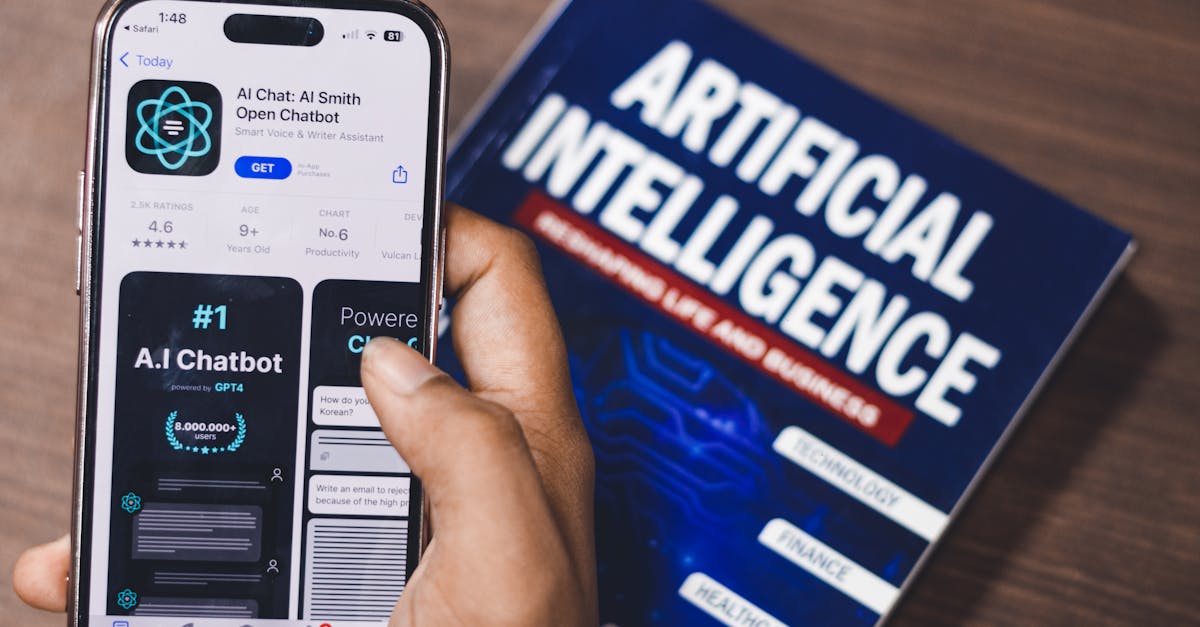Unveiling the Future: How AI and Cloud Computing Revolutionize the Tech Industry in 2026
Haywood Capital Markets analyst Neal Gilmer recently maintained a ‘Buy’ rating on Trulieve Cannabis, reflecting robust growth indicators in niche sectors. As we pivot towards 2026, let’s explore how AI and Cloud Computing are set to transform the broader technological landscape.
The Current Landscape: AI and Cloud Computing Partnerships
Artificial Intelligence (AI) and Cloud Computing are already reshaping the way businesses operate, delivering unprecedented efficiencies and capabilities. With cloud-based AI platforms such as AWS AI and Google Cloud AI, companies are leveraging advanced analytics and machine learning at scale.
Trend Spotlight: Machine Learning in Cloud Services
Machine learning is no longer reserved for tech giants alone. The integration into Cloud services like Amazon SageMaker and Microsoft Azure Machine Learning allows small to medium enterprises to harness this technology. This democratization enables broader access to predictive analytics, thus enhancing business decision-making.
Embracing Automation: Workflow Innovations
Automation, powered by AI, is fundamentally altering workflows within industries ranging from finance to healthcare. Tools like UiPath and Blue Prism offer robotic process automation (RPA) solutions that replace manual, repetitive tasks, allowing more focus on strategic initiatives.
Case Study: Financial Institutions and RPA
Financial institutions, for instance, are adopting RPA to automate back-end processes. The result? Increased efficiency, reduced errors, and significant cost savings, exemplified by the implementation in banks like Bank of America. These systems also provide compliance solutions, ensuring regulations are consistently met.
Cybersecurity: Ensuring Integrity in Cloud and AI Deployments
The rapid adoption of AI and cloud services raises cybersecurity stakes. Companies must evolve their security strategies to address new vulnerabilities. AI-driven security tools such as Darktrace and Cylance help identify threats in real-time, protecting sensitive data across cloud networks.
Practical Security Enhancements
- Implementation of AI-backed threat detection systems.
- Regular penetration testing to identify and mitigate vulnerabilities.
- Enhancing staff training on cybersecurity best practices.
The Role of Cloud Infrastructure in Remote Work
The twin forces of cloud technology and AI have expanded the feasibility of remote work. Platforms like Slack, Microsoft Teams, and Zoom, running on cloud infrastructure, have become integral to remote workflows. The flexibility and scalability provided by services like Amazon Web Services and Google Cloud have enabled seamless remote operations across the globe.
Impact on the Workforce
A significant portion of the workforce now upholds a digital nomad lifestyle, empowered by cloud technology and AI. This shift not only influences how companies manage talent but also challenges traditional workplace models, urging businesses to prioritize digital literacy and infrastructure.
Conclusion: The Road Ahead for AI, Cloud, and Innovation
As we look forward to 2026, the integration of AI and cloud computing within technological frameworks promises to drive innovation and growth. Companies must embrace these changes proactively to maintain competitive advantages and spearhead new market opportunities.
To explore how AI and cloud computing can be leveraged in your business, feel free to contact us at EzraWave and follow us on our social media channels [Facebook, X, Instagram, YouTube].
